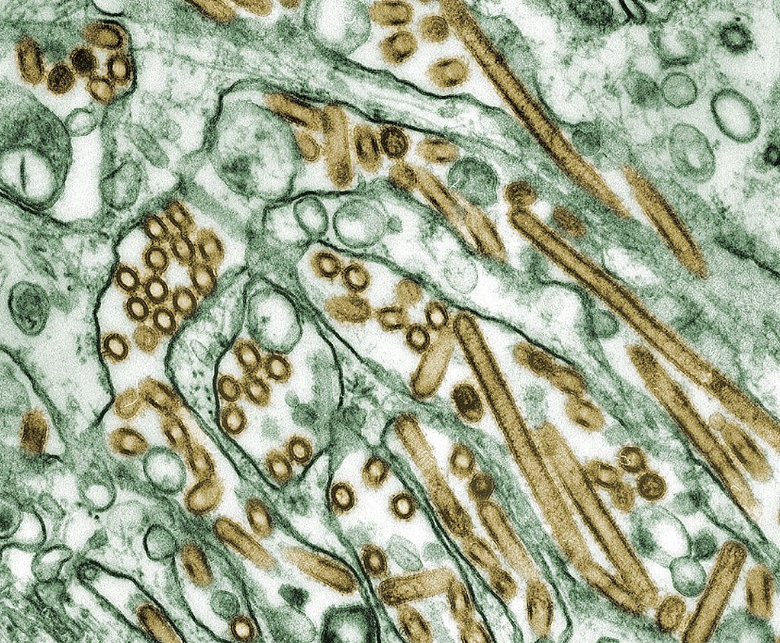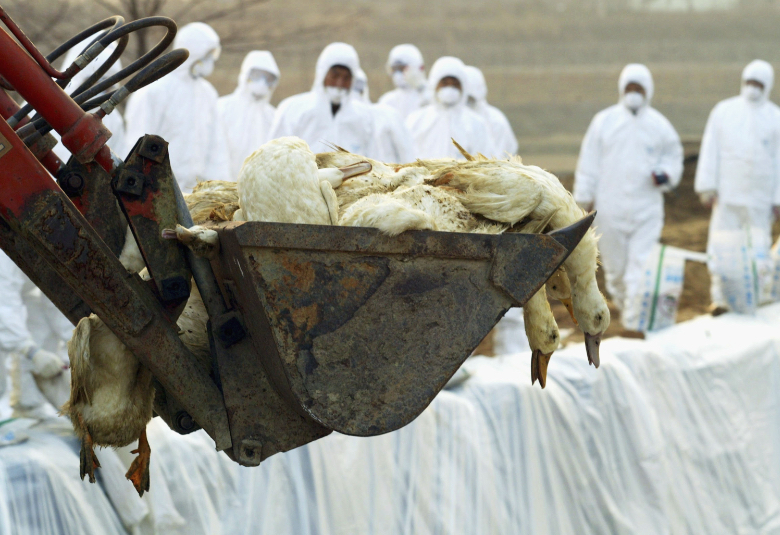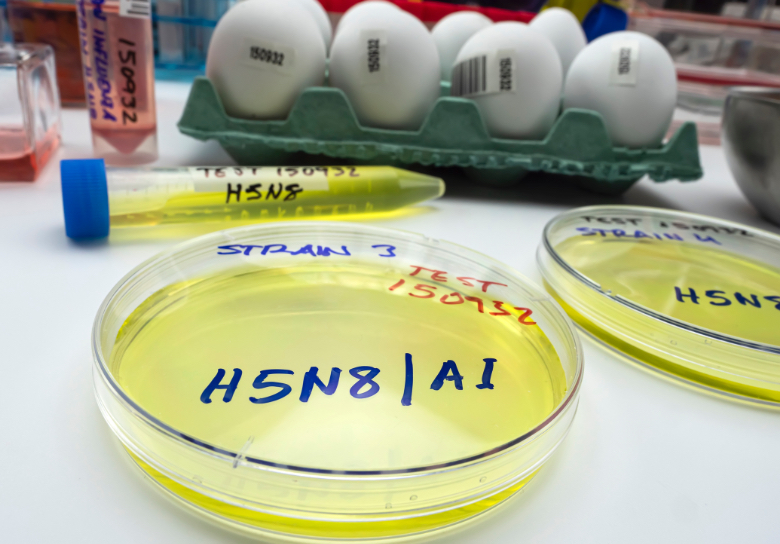The COVID-19 pandemic has heightened public awareness of the risks of infectious disease outbreaks. One of the possible threats that has since made headlines is avian influenza, which can infect humans with a high mortality rate and is said to cause the next pandemic. But are the risks high?

The influenza virus’s RNA genome is broken into segments, making it easier for new variants to emerge. There are four genera from A to D. Influenza A is divided into subtypes based on its two proteins: hemagglutinin (H) and neuraminidase (N).Avian influenza as we know it today is an A H5N1 virus adapted to birds, but it can cause zoonosisor jump to humans.
The current lineage was isolated from a goose farm in China in 1996, although the virus has been recognized as an avian disease since the 19th century. It can be released into the air, but transmission between birds occurs primarily through contact and contaminated water. In 1997, the first human epidemic broke out in Hong Kong, affecting 18 people, including 6 deaths. In 2006, the first human-to-human infection occurred in Sumatra, when eight members of a family were infected, seven of whom died.

The virus has caused multiple outbreaks in animals, with outbreaks intensifying since the emergence of new variants in 2020. 2022 67 countries Outbreaks in farmed or wild birds have been reported, and more than 131 million birds have died from the virus or preventive culling.The virus has also been detected in at least 26 mammal species in 10 countries, including Spanish farmed mink, american seal and polish cat. Confirmed from 2003 to 2023 873 cases, 458 deathsthe mortality rate is about 50%, although it is estimated that in the event of a large-scale outbreak It may be less lethal.
Mutation opportunity
According to the World Health Organization (WHO) The emergence of variants in 2020 led to “unprecedented levels of mortality in wild and farmed birds.” Avian influenza represents a “continuing threat to humans” and there are “concerns that the virus may adapt and infect humans more readily,” particularly because mammals may serve as containers for virus transmission. .
Centers for Disease Control (CDC) considers the current public health risk to be low, with His European counterparts agree, Center for Economic Development. The virus still rarely spreads to humans, and person-to-person transmission is even rarer.Experts explain Requires several matching mutations Improve its airborne infection and its spread to humans.

However, through experiments proved That able to adapt airborne transmission among mammals May happen to Spanish mink, in which at least one promoting mutation was detected.Since bird flu has been taken into account Panzoology (popular among animals), Increased chance of mutation.Currently under research animal vaccination and Humanityand remains Close surveillance On the evolution of viruses, Other variants and avian influenza other than H5N1. The future is unknown.

